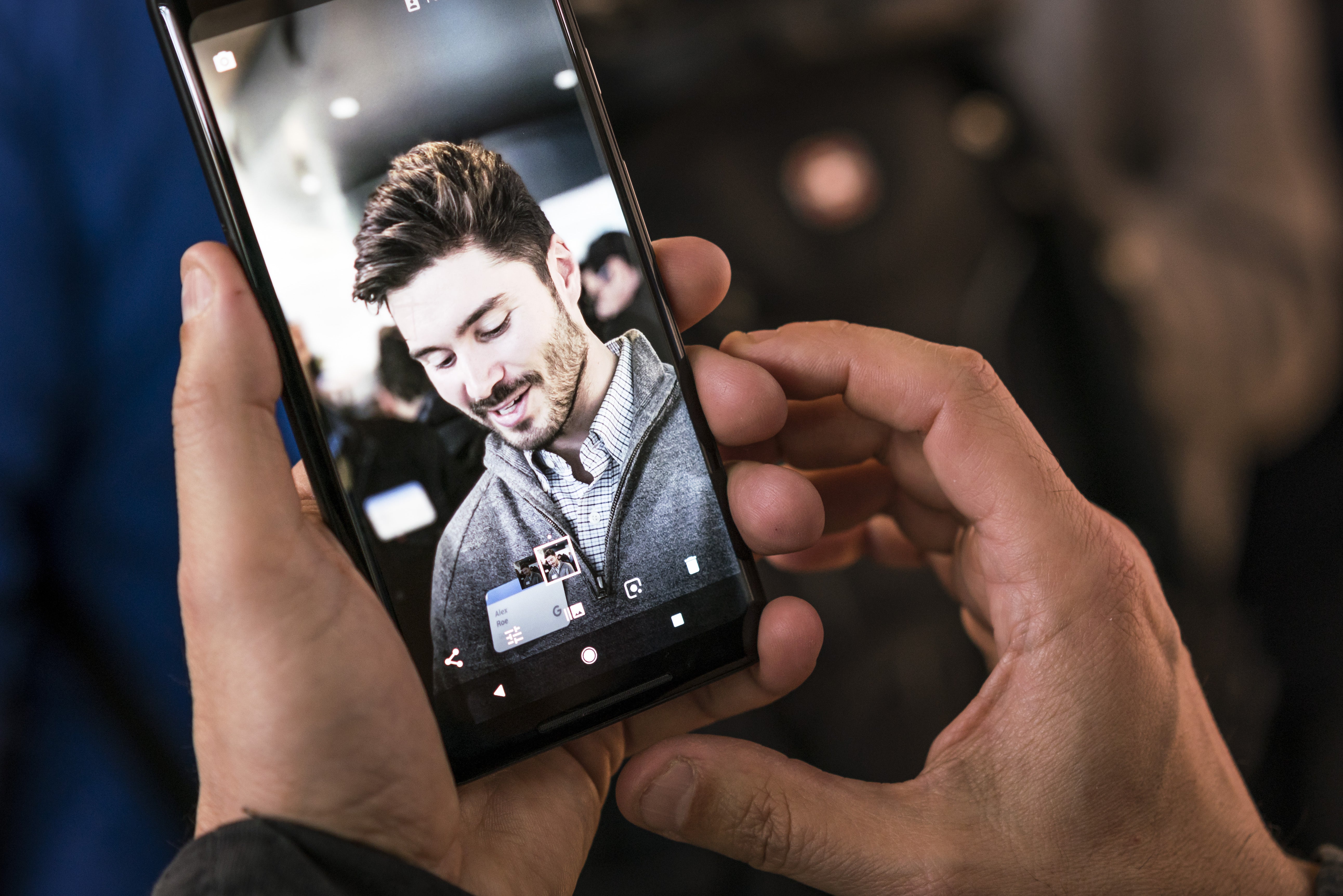

The Pixel XL has the same ability as the Samsung Galaxy S7 to deliver saturated colors both outdoors and indoors, and that's one of its many strengths.
You won't get this from any other phone camera.Ĭolor quality is outstanding. I punished the Pixel XL with some seriously challenging lighting conditions, featuring horrendous backlighting or significant contrast, but in nearly all situations the Pixel XL pulled through to deliver a fantastic image.
The end result is class-leading dynamic range and excellent camera performance, whereas with past phone cameras it was a choice between the two. With such a fast HDR mode, there is no longer an annoying capture delay or any issues with ghosting, allowing the Pixel to use this mode in all situations. This is mostly due to Google's new HDR+ mode, which applies zero-shutter-lag HDR to images automatically and in nearly all occasions. The Pixel XL's noise reduction filters are far superior and less aggressive, so more fine detail is preserved.
Google pixel lens blur android#
This is in stark contrast to what was previously the best Android smartphone camera, the Galaxy S7, which also delivered 12-megapixel stills but succumbed to the 'oil painting effect'. And while we're not seeing 20-megapixel photos with loads of zoomability, the Pixel XL delivers excellent fine detail. The Pixel XL doesn't go for the highest resolution possible, but the choice of a 12.3-megapixel sensor with 1.55µm pixels is clever, like it was on the Nexus 6P, as the larger pixels deliver more light data. Gone are the days of a Google-made phone with a mediocre camera the Pixel has what it takes to blow away the competition.
Google pixel lens blur software#
In the case of the Google Pixel, the image processing and general software capabilities of this camera make it the best I've tested in a smartphone to date. Image processing makes or breaks a smartphone camera. It supports up to 1080p30 video recording. There's nothing particularly fancy about this camera, as it's basically identical to the front camera on the Nexus 6P. The front camera is an 8-megapixel Sony IMX179 (3264 x 2448 native 4:3) 1/3.2" CMOS sensor with 1.4µm pixels, paired with an f/2.4 26mm lens. You will find support for up to 4K30, 1080p120, and 720p240 video recording. You won't find optical image stabilization though, as Google believes the hardware in this camera, combined with new software tricks, is good enough in low light. The rear camera sits next to a laser autofocus assembly that's used in conjunction with PDAF autofocus, and there's also a dual-LED flash. The IMX378 is supposedly a faster sensor than the IMX377 used in the Nexus 6P, which allows the Pixel XL to include new ultra-fast automatic HDR functionality. The rear sensor is a 12.3-megapixel (4048 x 3036 native 4:3) Sony IMX378 1/2.3" CMOS with 1.55µm pixels, paired with an f/2.0 26mm (equivalent) lens. The camera solution on the Pixel and Pixel XL is identical, and is similar (from a hardware perspective) to the Nexus 6P.


 0 kommentar(er)
0 kommentar(er)
